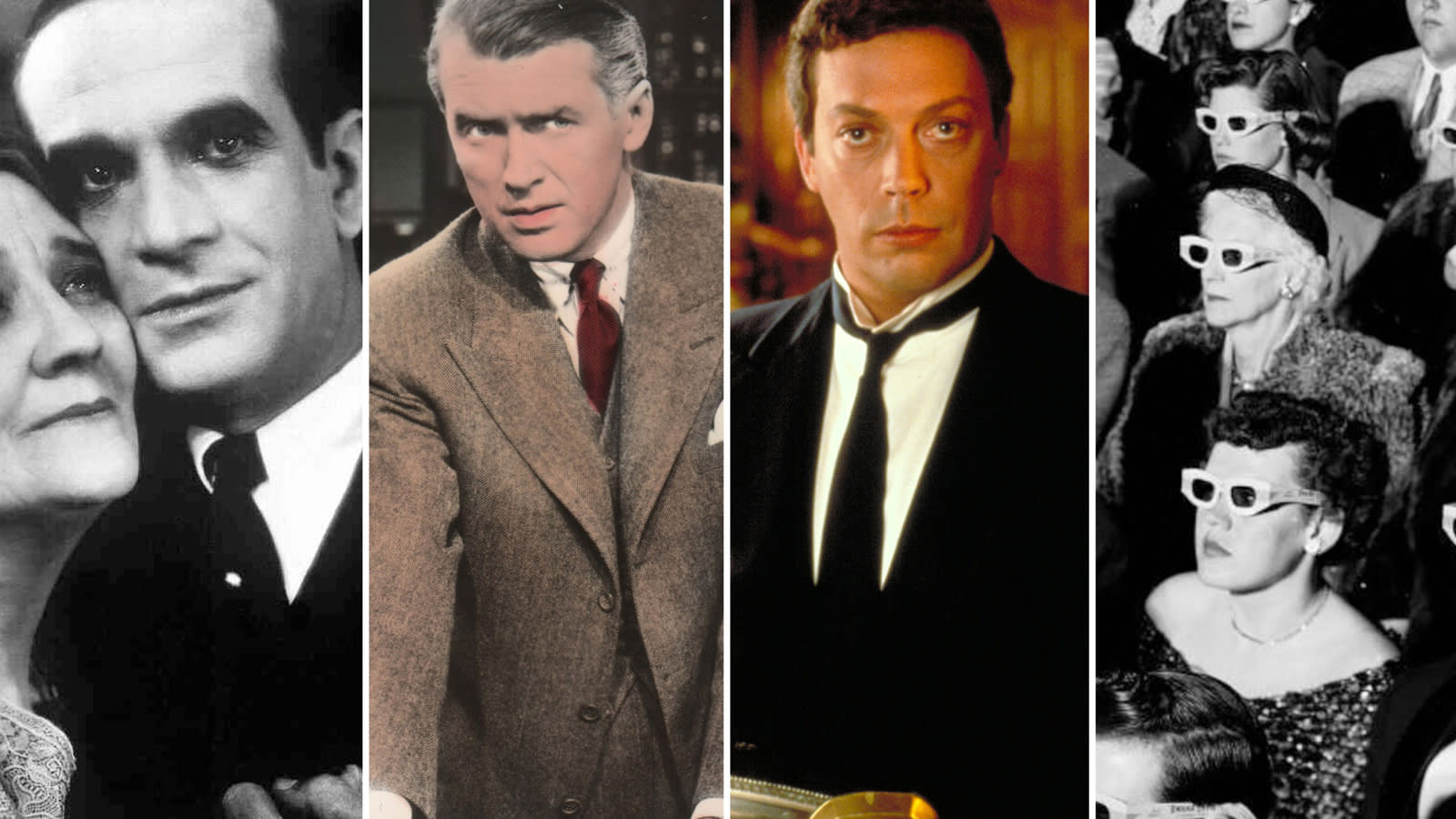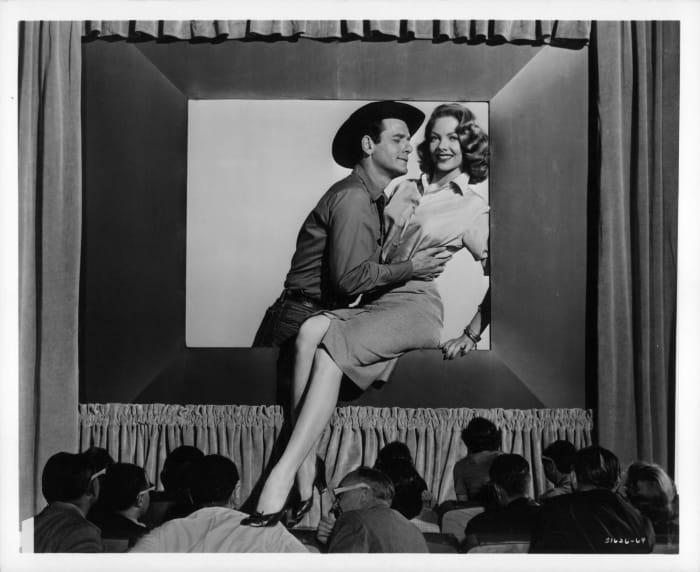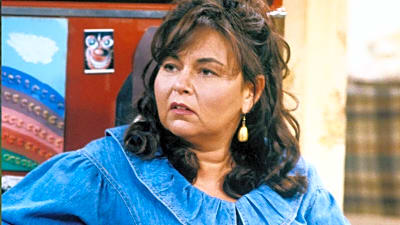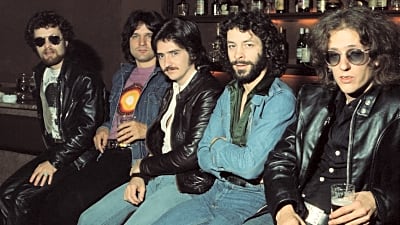
Film gimmicks that worked (and a few that didn't)
For the majority of its existence, the motion picture industry has thrived on its ability to give audiences an experience they can't replicate at home. The big screen, the booming sound, the sticky floors you don't have to worry about cleaning... there's nothing like it! But with the advent of television, VCRs, and high-definition video, studios and exhibitors have been forced to up their game to stay ahead of the competition. Even before these technological advancements, visionary filmmakers have refused to settle for the status quo. How do you stand out amongst the crowd? Making a great movie isn't always a bad idea, but sometimes you need the oomph of a gimmick to pack 'em in. Here are some of the most audacious gimmicks from the last century (and change) of motion pictures.
More must-reads:
- 15 actors who owned roles where they weren't the top choice
- 20 famous sitcom actors who became action movie stars
Customize Your Newsletter
 +
+
Get the latest news and rumors, customized to your favorite sports and teams. Emailed daily. Always free!
































